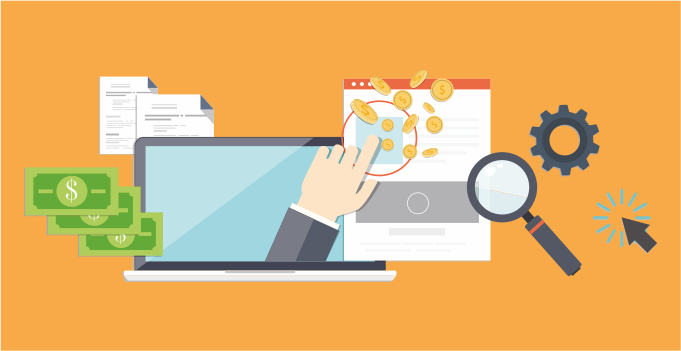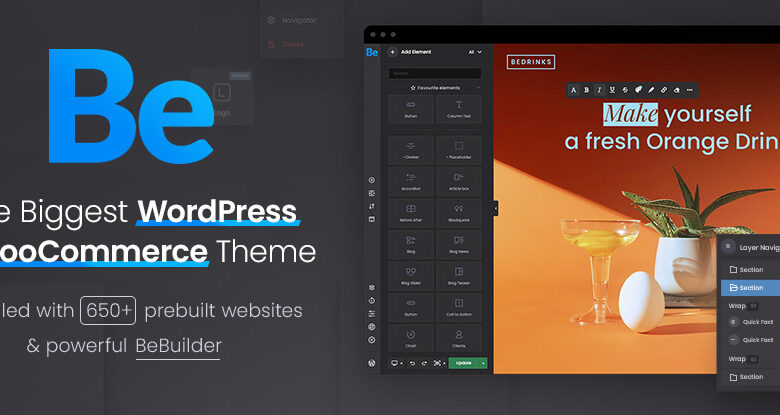According to data from the Direct Marketing Association, you can expect a ROI of $38 for every $1 you invest in email marketing. This fact is further established by statistics from Monetate — based on an analysis of over 500 million shopping experiences — that found that email is the highest converting source of traffic… converting more than search and social traffic combined.
In fact, email is so powerful that it consistently accounts for the most holidays sales — in Black Friday 2015, email accounted for 25.1 percent of all sales. That’s the highest of every traffic source, and much more significant compared to the 1.6 percent of sales generated by social media.
With all these facts established, it is important to realize that there’s a right and wrong way to go about email marketing. Statistics from Microsoft reveal that the inbox of the average email user is made up of 50 percent newsletters and 20 percent social network updates. To help you get the best from your email marketing efforts, I digged into research to present you some proven ways to do more effective email marketing.
Incentivize People to Join Your List
If you ask many people what the fastest way to build an email list, they will give a variety of answers ranging from investing in social media to having neatly designed forms and a clear message encouraging people to sign up. But, what indeed is the fastest way to build an email list? Offering an incentive!
By offering an incentive, many people have been able to quadruple the number of subscribers they get on a regular basis, permanently. In fact, offering incentives is so effective that Flyte New Media was able to increase their monthly subscriptions by 5,000 percent simply by offering an incentive. The initial message they used to try to get people to sign up was “Join Our Mailing List.” By changing this and offering an incentive, however, they were able to massively boost opt ins.
Segment Subscribers from the Get-Go
The traditional way of building an email list is to have the same sign up form on all pages of your site, lumping all users together and sending them the same messages. With this traditional approach, if you run a marketing blog someone who is interested in getting more traffic and someone who is interested in improving conversions will be getting the same message. Of course there must be a better way to go about this!
By segmenting your subscribers — right from when they sign up to your email list — you can ensure that you’re able to send only relevant, targeted messages to subscribers. In fact, segmentation is so powerful that, in a study, MarketingSherpa found that it is possible to boost conversion rates by up to 208 percent simply by sending targeted emails to segmented subscribers instead of sending the usual batch-and-blast messages. Data from Mailchimp also shows that segmented email campaigns usually result in 14.64 percent higher open rates and 60 percent higher click through rates.
Send More Frequent Emails
Most people email their list infrequently — perhaps once a week or once a month, based on the assumption that they do not want to “disturb subscribers.” But how effective is that? If you are sending an email once a month or once every few months, there’s a high likelihood that most of your subscribers won’t even remember you.
In marketing, there is a rule of 7 that says that the average customer needs to see your offer at least seven times before really noticing it. In the same way, more emails is always usually a good thing — especially if you have been very infrequent with your emailings. UK insurance company Aviva was able to record massive gains simply by increasing send frequency. By increasing send frequency, Aviva was able to increase unique clicks by 304 percent, email revenue by 45 percent and requested insurance quotes by 48 percent.
Of course, this should be done artfully — too many emails is one of the top reasons people cite for unsubscribing from email lists. However, if done properly, sending more emails will always improve conversions, revenue and traffic.
Run Giveaways
Exactly how many subscribers can you get from a properly run giveaway? For Josh Earl, a giveaway resulted in almost 200,000 subscribers and a massive 3,418 percent increase in email list size in just 11 days.
If you’re experiencing slow email list growth and want to give things a boost, running a giveaway can really turbocharge your list growth. Here are some tips:
- Start by preparing something special you can offer to subscribers. It could be a paid product you own, a popular paid product in your niche or a widely recognized gadget. Web Design Ledger constantly offer top gadgets in their giveaways with massive success.
- Make it a condition that people share your giveaway and sign up to your email list to participate in your giveaway. Give people bonus points for inviting their friends to participate in your giveaway.
- Automate your giveaway; you can use a plugin like KingSumo Giveaways.
- Notify top blogs, publications and influencers in your niche about your giveaway and get them to share it.
Optimize Your Email for Mobile Devices
A lot of emails are not optimized for mobile devices, and the result is that they end up being ignored or deleted. Research shows that a whopping 65 percent of all emails get opened first on mobile devices, and more shocking is the fact that 75 percent of emails will be deleted if they can’t be read on a smartphone. If as much as 75 percent of your emails are deleted, what’s the point of email marketing?
Here are some tips to optimize your emails for mobile devices:
- If possible, send your emails in plain text.
- If you have to use a template, try to use a responsive email template.
- Effective mobile email goes beyond just sending mobile compatible emails — also make sure the links in your emails are properly optimized for mobile devices.
Automate Your Email Marketing Efforts
To do email right today the importance of automation cannot be overstated. Automation is so powerful that research shows that it can boost email opens by 8 times, result in 6 times more revenue and boost conversions by as much as 50 percent.
Right now, email marketing is much more complicated than sending the same email to everybody at the same time — with some email service providers, you can automate emails to be sent to people based on what they click, based on their time zone, based on which of your emails they open and based on other factors. In fact, some email service providers are already experimenting with Artificial Intelligence to monitor people’s habits and optimize your emails for them accordingly.
It is important to make effective use of the automation features offered by your email service provider, or switch to a more sophisticated service if your current email service provider doesn’t offer automation features.
Send to Unopens and Unclicks
Data from the USC Viterbi School of Engineering that analyzed 16 billion emails has found that 90 percent of people who don’t open your emails within 48 hours will never open it again. There are many reasons for this, but it’s especially worth noting that people are overwhelmed — over 2.5 million emails are sent every second.
When a good portion of subscribers are not opening your email, it can be because people are especially busy or because your email subject line is very busy. Regardless, it doesn’t end there — resending your email to those who did not open it at first can significantly improve your open and clickthrough rates — seven-figure blogger Pat Flynn reports an extra 10 to 15 percent increase in open rates simply by re-sending emails to people who failed to open his first email. Entrepreneur Neal Taparia records an increase in open rate of up to 54.7 percent by re-sending to subscribers who did not open his emails. Here are some tips:
- Wait a few days before resending emails to those who have yet to open — since 90 percent of people will open their email within 48 hours, you can wait three to four days to resend.
- Change the subject line of the email you’re resending — if you use the same subject line, some email clients will simply merge it with the old email, giving it less visibility.
- Let people know that you’re re-sending the email to them because they didn’t open your first email.






I totally agree, running a giveaway is one of the best tips for successful email marketing.